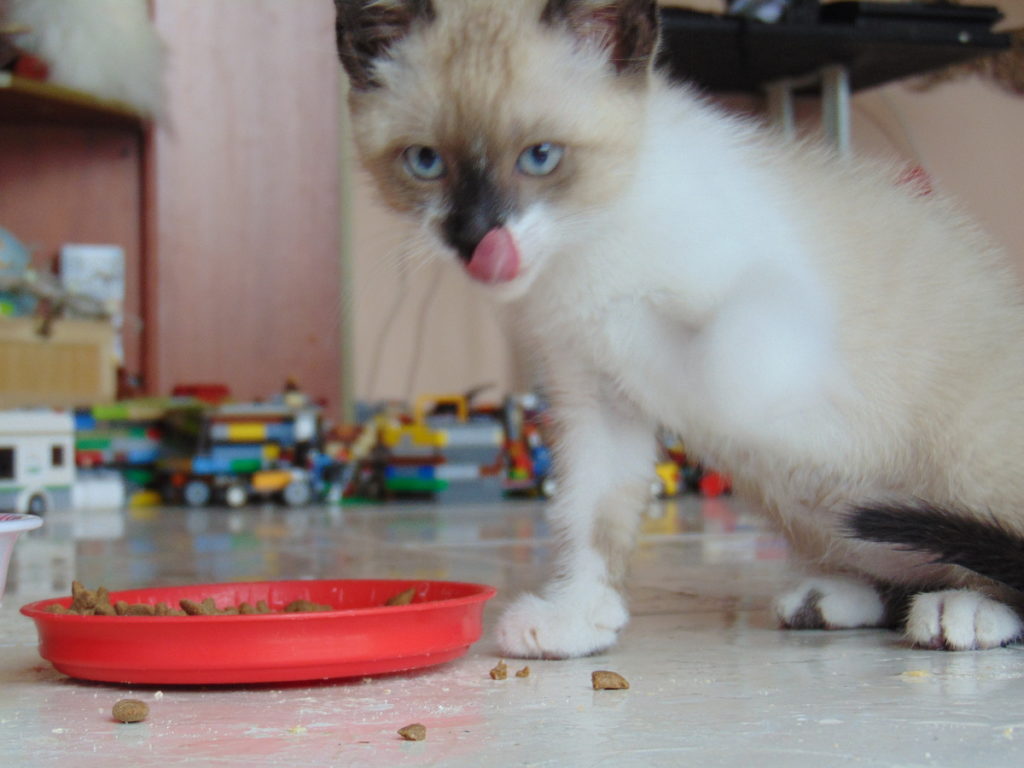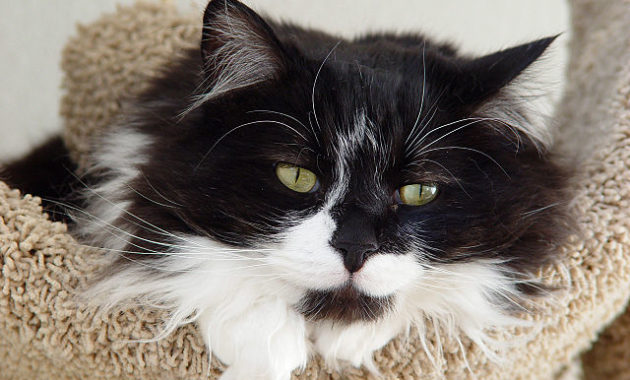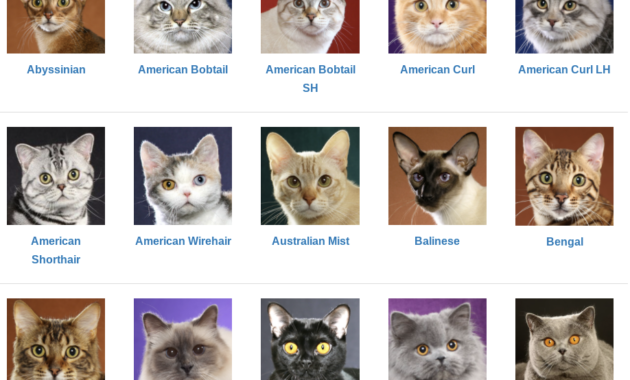Exploring the realm of feline behavior unveils a captivating narrative surrounding the elusive emotion of jealousy in cats. While not mirroring the human experience of jealousy, cats exhibit subtle yet intriguing behaviors that hint at a complex emotional landscape.
Understanding the nuances of jealousy in cats requires a nuanced perspective that goes beyond surface observations. As we unravel the intricacies of feline emotions and social dynamics, we begin to grasp the intricate dance between envy, possessiveness, and the quest for attention and resources in our beloved feline companions.
Key Takeaways
- Cats exhibit covetous behavior when desiring what others have.
- Jealousy in cats is about wanting perceived possessions.
- Cats may show jealousy through bullying, meowing, or fighting.
- Cats can get jealous of other pets, leading to behavioral changes.
Understanding Jealousy in Cats
How do cats express jealousy and what behaviors indicate their feelings of covetousness towards other animals?
Cats can exhibit jealousy by displaying possessive behaviors towards objects or attention they desire. This may manifest as territorial aggression, such as blocking access to resources or pushing away another animal.
Cats may also vocalize more, seeking attention or expressing discontent when they feel jealous. Additionally, cats might display subtle body language cues like flattened ears, dilated pupils, or a twitching tail when experiencing jealousy.
Understanding these behaviors can help pet owners identify and address feelings of jealousy in their feline companions, fostering a harmonious environment for all animals in the household.
Signs of Jealousy in Cats
When observing cats for signs of jealousy, it is essential to pay close attention to their behavior and body language cues. Signs of jealousy in cats can manifest in various ways. Cats may exhibit bullying behavior towards other animals to get what they want or show signs of frustration through biting or excessive meowing.
In multi-cat households, jealousy between cats can be apparent, leading to spraying, fighting over resources, or unusual behaviors. Introducing new kittens or dogs can trigger jealousy if not done properly. Understanding these signs and addressing the underlying issues can help mitigate jealousy in cats and foster a harmonious environment for all pets in the household.
Cats and Babies
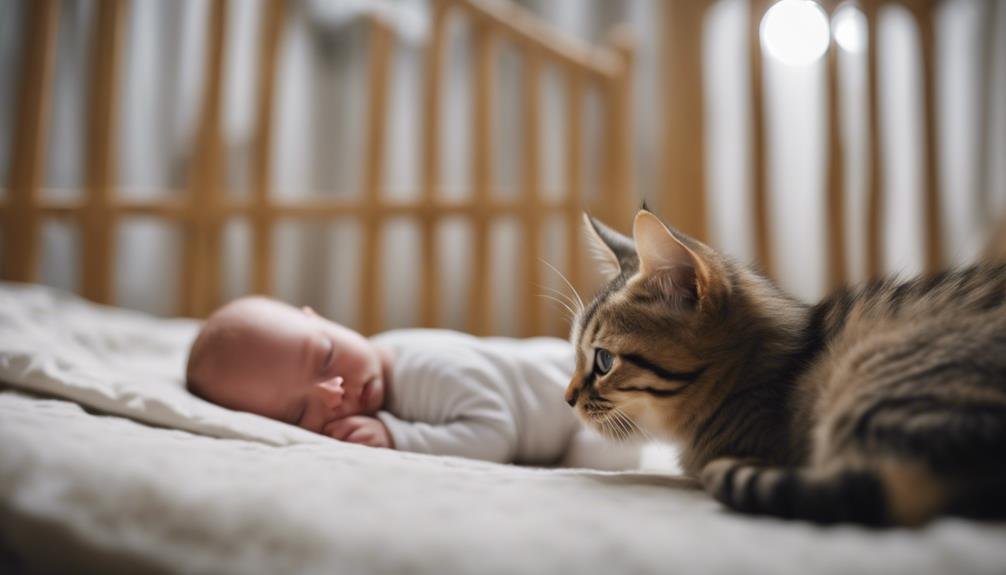
In the context of introducing a new baby into a household with cats, it is essential to consider how the cats may react to the changes in their environment. Cats may not be jealous of babies but can be confused by new scents and sounds. Changes in routine due to a baby's arrival can affect cats. Maintaining a cat's routine and introducing the baby gradually can help cats adjust. Providing opportunities for cats to get to know the baby can foster a positive relationship. Cats and babies can eventually bond and coexist peacefully.
| Cats and Babies |
|---|
| Cats may be confused by new scents and sounds. |
| Changes in routine can affect cats. |
| Introduce the baby gradually to help cats adjust. |
| Foster a positive relationship by allowing cats to get to know the baby. |
Preventing Jealousy in Cats
To prevent jealousy in cats, establishing trust through consistent, respectful interactions is key.
Tips to Prevent Jealousy in Cats:
- Respect Boundaries: Allow your cat to have their space and choices, respecting their need for independence.
- Fair Treatment: Ensure all pets in the household are treated equally to avoid feelings of jealousy.
- Enrichment Activities: Engage your cat in mental and physical activities to strengthen your bond and keep them stimulated.
Empathy and Grief in Cats
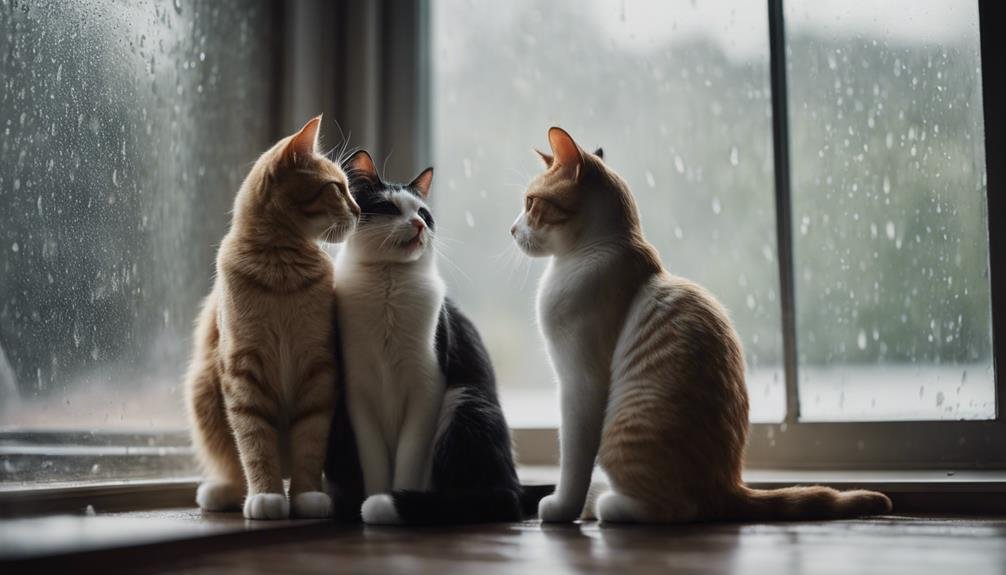
Cats demonstrate remarkable capacities for empathy and can experience deep feelings of grief. Research has shown that cats exhibit behaviors indicative of empathetic responses, such as comforting distressed companions or showing concern when their owners are upset. Cats can form strong emotional bonds with their human caregivers and fellow animals, allowing them to display empathy towards others in times of need.
When faced with loss, such as the passing of a companion animal or a beloved human, cats can exhibit signs of grief through changes in behavior, decreased appetite, or seeking out familiar scents. Understanding and acknowledging a cat's ability to experience empathy and grief can help foster a deeper connection and provide support during challenging times.
Jealousy Vs. Resentment in Cats
Empathy and grief are profound emotions that cats can experience, shedding light on the intricate realm of feline emotions.
When it comes to jealousy vs. resentment in cats, there are subtle distinctions worth noting:
- Jealousy in Cats:
- Cats may exhibit covetous behavior when desiring what another animal has.
- Jealousy in cats is more about wanting what they perceive others possess.
- Signs of jealousy can include bullying, biting, excessive meowing, and resource competition.
Understanding these nuances can help cat owners interpret and address their feline companions' emotions effectively.
Multi-Cat Household Dynamics
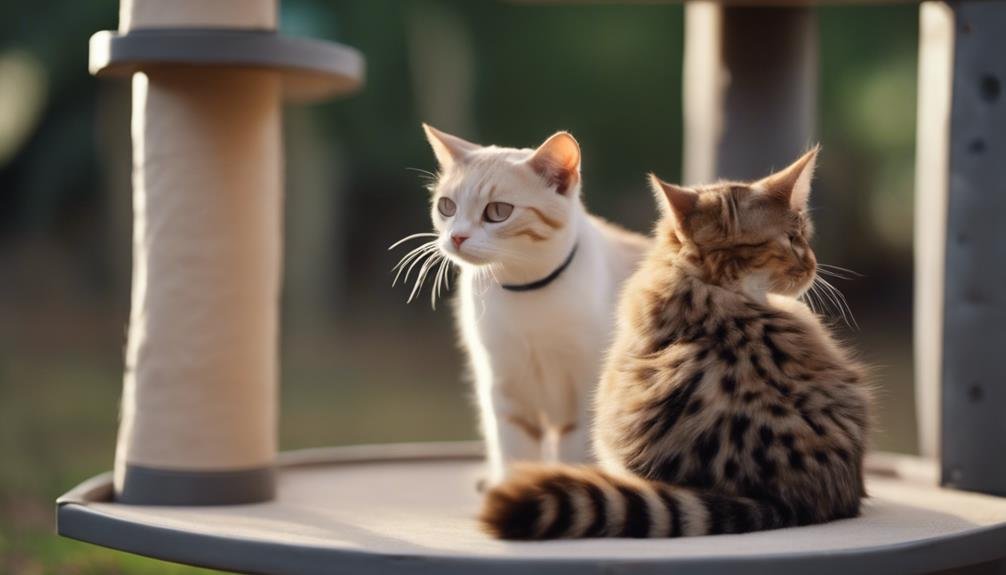
Within households with multiple cats, establishing a harmonious dynamic among feline companions requires careful observation and strategic management. In multi-cat households, each cat brings its unique personality and preferences, which can sometimes lead to conflicts over territory, resources, or attention.
It is essential to provide an adequate number of litter boxes, feeding stations, and resting areas to prevent competition and reduce stress. Monitoring the cats' interactions and intervening when necessary can help avoid escalated conflicts. Additionally, engaging in interactive play sessions with all cats together can promote positive associations and strengthen bonds between them.
Cats' Reactions to New Pets
Introducing a new pet into a household can elicit varied responses from resident feline companions.
Cats' Reactions to New Pets:
- Initial Curiosity: Cats may initially display curiosity towards a new pet, cautiously observing and investigating the newcomer.
- Territorial Behavior: Some cats may exhibit territorial behavior, such as marking their territory or displaying dominance to establish boundaries.
- Anxiety and Stress: New pets can cause anxiety and stress in cats, leading to changes in behavior like hiding, excessive grooming, or avoidance.
Understanding these reactions and providing a gradual and controlled introduction process can help minimize conflicts and facilitate a smoother transition for all pets involved.
Adjusting Routines for Cats
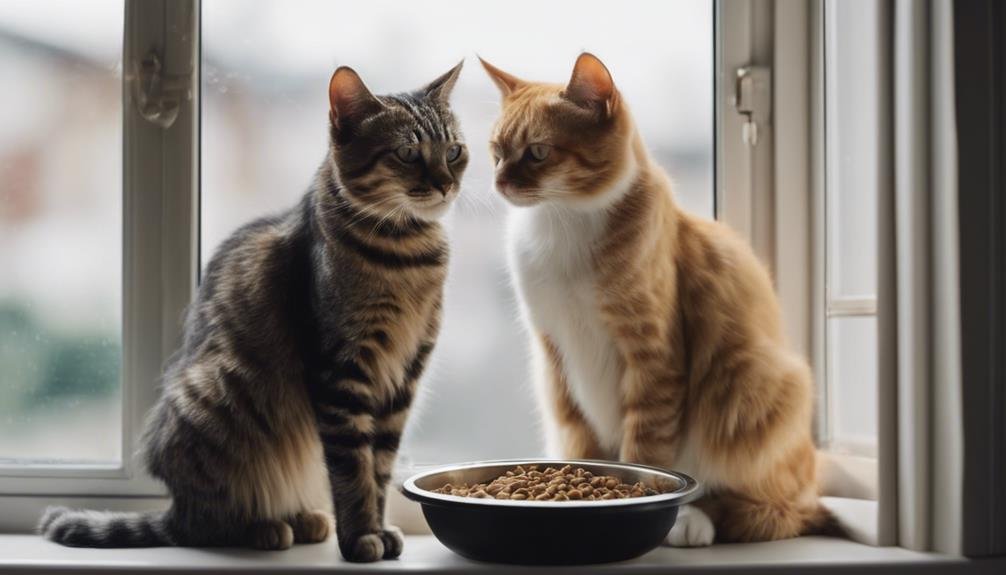
When bringing a new pet into the household, adjusting routines for cats is essential to ensure a harmonious environment and facilitate their adaptation to changes. Cats thrive on routine and familiarity, so any disruptions can cause stress and anxiety.
To help cats adjust, maintain consistent feeding times, play sessions, and sleeping areas. Introduce new pets gradually, allowing cats to explore and get accustomed to the new addition. Provide plenty of hiding spots and vertical spaces for cats to retreat to if they feel overwhelmed.
Additionally, offer extra attention, treats, and reassurance to reassure your cat during this transition period. By making gradual changes and showing understanding, you can help your cat feel secure and comfortable in their adjusted routine.
Strengthening Bond With Cats
Fostering a strong bond with cats requires consistent and positive interactions that cater to their individual needs and preferences. To strengthen your bond with your feline companion, consider the following:
- Quality Time: Spend dedicated one-on-one time with your cat engaging in activities they enjoy, such as interactive play sessions or gentle grooming.
- Respect Boundaries: Understand and respect your cat's personal space and boundaries to build trust and mutual respect in your relationship.
- Enrichment Activities: Provide mental and physical stimulation through toys, puzzles, and climbing structures to keep your cat engaged and happy.
Conclusion
In conclusion, the intricate emotions of jealousy in cats mirror a delicate dance of subtle cues and behaviors, akin to a silent waltz in a moonlit garden.
Understanding and acknowledging these nuances in feline behavior can deepen our connection with our furry companions and foster harmonious relationships within multi-cat households.
By recognizing and addressing potential triggers of jealousy, we can create a peaceful and nurturing environment for our beloved feline friends.

